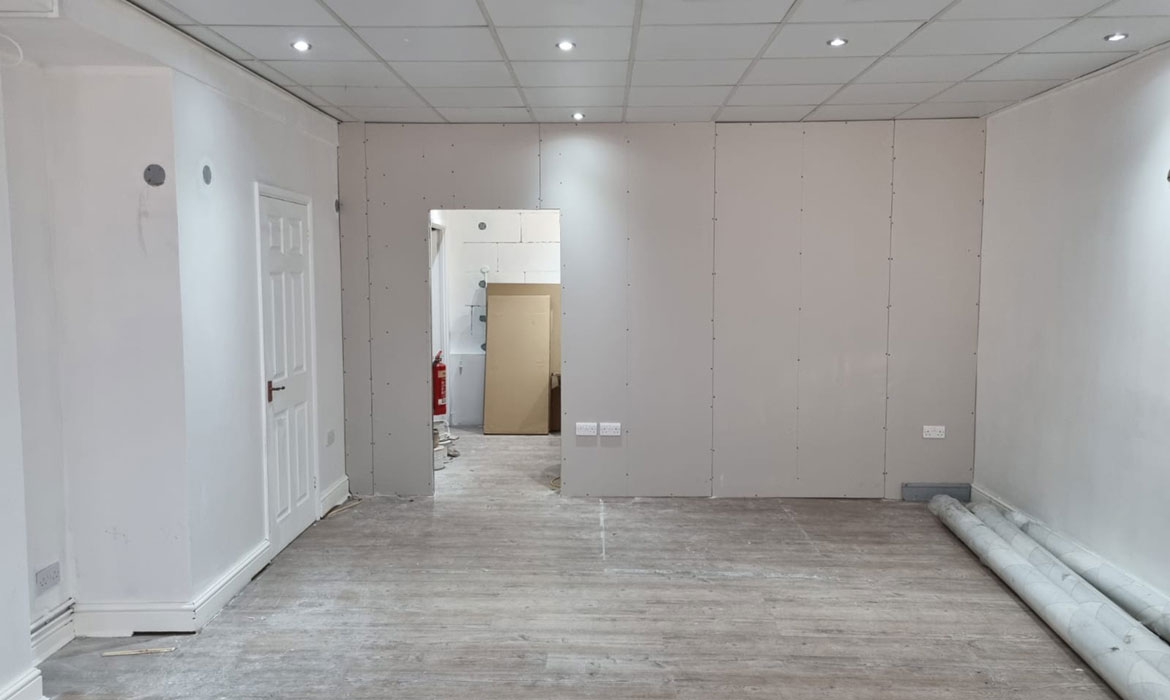Within the fierce world of retail, the fit-out of your store is crucial for drawing in and keeping customers. A thoughtfully designed retail space not only enhances the shopping experience but also considerably impacts your bottom line. Nonetheless, many retailers, especially those new to the process, often make frequent mistakes throughout their fit-out projects that can lead to frustration, delays, and unexpected costs. By recognizing these pitfalls and ways to circumvent them, you can set your business up for success.
This article will examine the common retail fit-out mistakes that can hinder your project and supply practical tips on how to evade them. From considering budgeting and timelines to confirming that your design embodies your brand's identity, we will guide you through the necessary steps of creating a retail space that aligns with your customers and in the end boosts your sales. Regardless of whether you are planning a minor store renovation or an elaborate fit-out, our insights will help you steer through this detailed process with confidence.
Comprehending Store Fit-Outs and Their Importance
Retail transformations refer to the process of developing and equipping a retail space to align with the brand's identity and boost customer satisfaction. This process encompasses all elements from the layout and design to the selection of furnishings, equipment, and technology. A well-executed fit-out converts a brick-and-mortar location into an welcoming atmosphere that encourages shoppers to engage and connect with products.
The importance of a retail fit-out is paramount, as it profoundly impacts a business's success. A thoughtfully designed store schema can lead to higher foot traffic and revenue by delivering a efficient shopping process. Furthermore, a captivating visual merchandising strategy and cohesive branding work to express the brand narrative, ultimately nurturing customer commitment and boosting the general view of the business.
In today's competitive retail market, investing in a professional fit-out is essential. It permits businesses to stand out in a busy market while concurrently fulfilling customer needs and wants. By designing a space that is not only practical but also attractive, retailers set the stage for enhanced customer interaction and higher conversion rates, which are key for long-term achievement.
Key Steps in the Store Fit-Out Procedure
The store fit-out process starts with comprehensive design and planning. It is important to evaluate the specific needs of your business and the target market. Collaborating with experts in this phase can result in a layout that enhances customer engagement and effectively incorporates your brand identity. Consider using tools like customer journey mapping to understand how shoppers will navigate the space.
Once the design is completed, it’s important to focus on selecting the right contractors and managing the project efficiently. Clear communication with contractors is essential to make sure everyone is aligned with the vision and timelines. Regular progress meetings can help in tackling any issues as they come up and maintaining momentum during the project.

As the fit-out moves into the execution phase, attention to details like lighting and material choices becomes important. https://posteezy.com/retail-fit-out-creating-connection-connecting-goods-and-customers create the atmosphere but also impact customer experience and the general perception of your brand. Keeping an watch on the budget and timeline during this stage can help avoid hidden costs and delays, allowing for a smooth transition from concept to finalization.
Developments and Trends in Retail Fit-Outs
As retail continues to evolve, one of the significant trends is the integration of technology into fit-out designs. Intelligent technology is transforming the way retail spaces operate, from engaging displays that capture customers to cutting-edge point-of-sale systems that simplify transactions. This advancement not only enhances the shopping experience but also gathers valuable data on customer behavior, enabling retailers to tailor their offerings more precisely.
Sustainability is also a key focus in retail fit-outs, with businesses more frequently prioritizing eco-friendly materials and practices. Brands are choosing for sustainable materials, such as reclaimed wood and energy-efficient lighting, to minimize their impact on the environment. This movement not only appeals to environmentally-conscious consumers but can also lead to financial benefits in the future through reduced energy consumption.
Lastly, the design of retail fit-outs is shifting towards creating immersive and experiential environments. Retailers are creating spaces that invite customers to interact with products in innovative ways, often incorporating elements such as temporary installations and flexible layouts. This innovation not only promotes customer experience but also fosters longer visits, ultimately driving sales and promoting brand loyalty.
